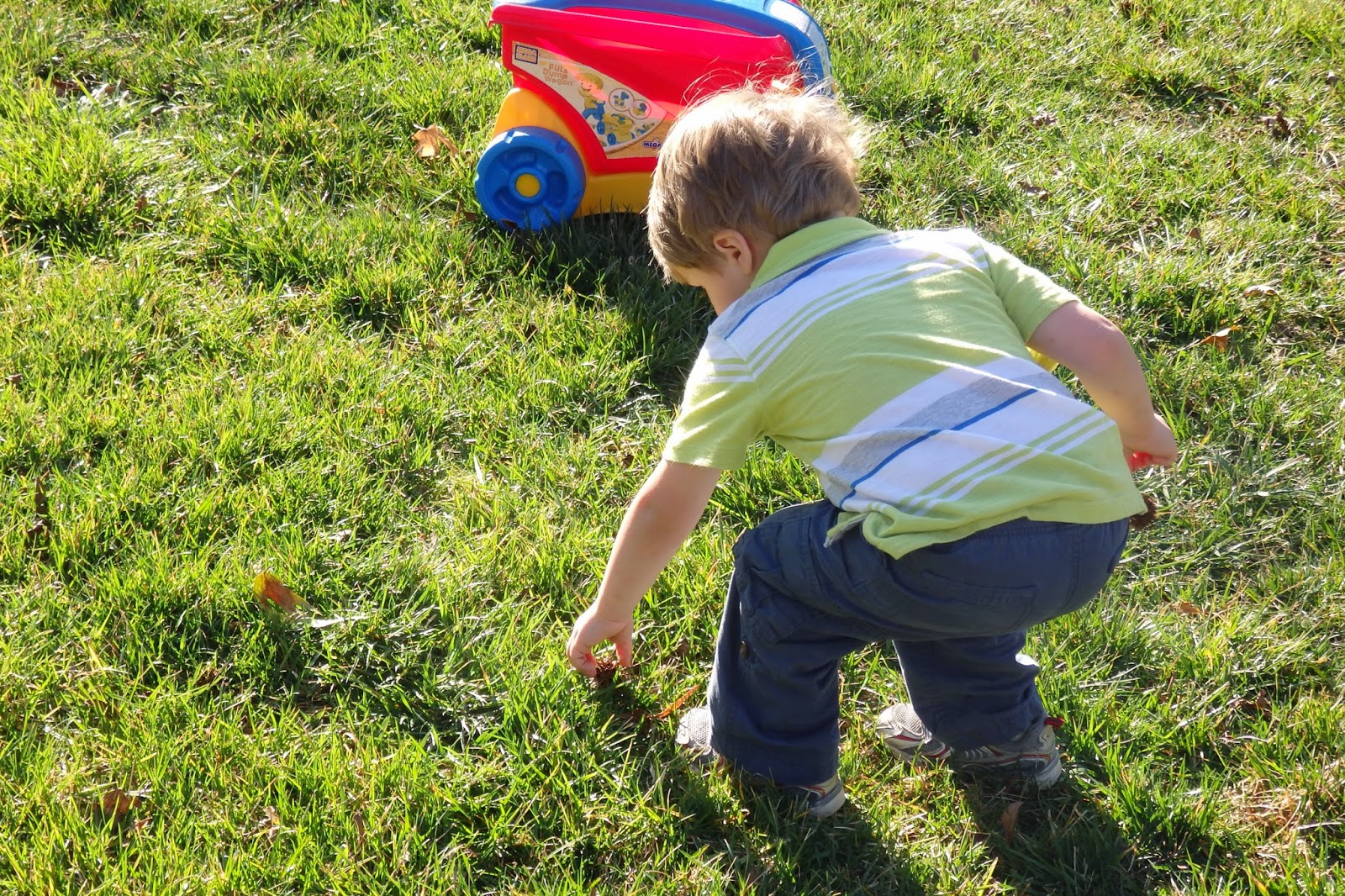So far, Parsley has survived rain, cold temperatures, and prowling critters. Today I want to share some of the placement and planting stories.
 |
| Barn and Farm House |
Entire placement depended upon the proximity of the barn to the stone path. I have had the barn for a long time - my husband buying it on a trip and bringing it home. His intent was that we would have it in our yard for future grandchildren. The barn and animals are cast iron - very heavy; I have no idea how he carried them around on his business trip. Barn nor animals will ever tumble over in a windstorm like the resin houses can. My plan is to have the animals near the path for our three-year-old grandson to move around in the little pasture. They will not be too heavy for him either!
 |
| Barn and Houses |
The rest of the placement involves a staggering of five various cottages and tiny homes that work well with whatever perspective the viewer may have from my home or different garden paths. Each abode is on a flat rock that protects the building from the damp earth and that I can easily level - but as you can see, I have not accomplished that perfect balance so far.
 |
| Sedum rupestre 'Angelina' |
What I do have are small perennial groundcovers that are deer resistant and provide slope erosion control.
The first is Sedum rupestre Angelina, growing to 4 inches tall that has bright golden foliage that turns orange in fall.
 |
| Ajuga reptans |
Third, I have transplanted vinca minor, an amazing groundcover that grows very quickly (invasive for some gardeners), has very shiny green foliage, and produces blue flowers. Even this small version seems a little too big for Parsley, so I will use it as a background to frame the town view.
Another groundcover I use to frame the view is creeping phlox. This slow-growing perennial likes full sun and allows other plants like spring bulbs to grow throughout its spreading beauty. Here is the blue creeping phlox in my front yard. I have plenty to choose for planting - remembering creeping phlox likes a moist first start.
Another groundcover I use to frame the view is creeping phlox. This slow-growing perennial likes full sun and allows other plants like spring bulbs to grow throughout its spreading beauty. Here is the blue creeping phlox in my front yard. I have plenty to choose for planting - remembering creeping phlox likes a moist first start.
 |
| Phlox subulata |
 |
| Bishop's Weed: Aegopodium podagraria 'Variegatum' |
Bishop's Weed will also be a vigorous framing plant in the shade where it has plenty room to spread.
Another rampant evergreen groundcover is Creeping Jenny. This creeper does not mind damp soil, foot traffic, or other groundcovers. Invasive, this plant can be divided in spring or autumn and likes full sun for its best color.
I planted only a few of each of these vigorous spreaders. Having these plants always insures that there is something to share or transplant.











































